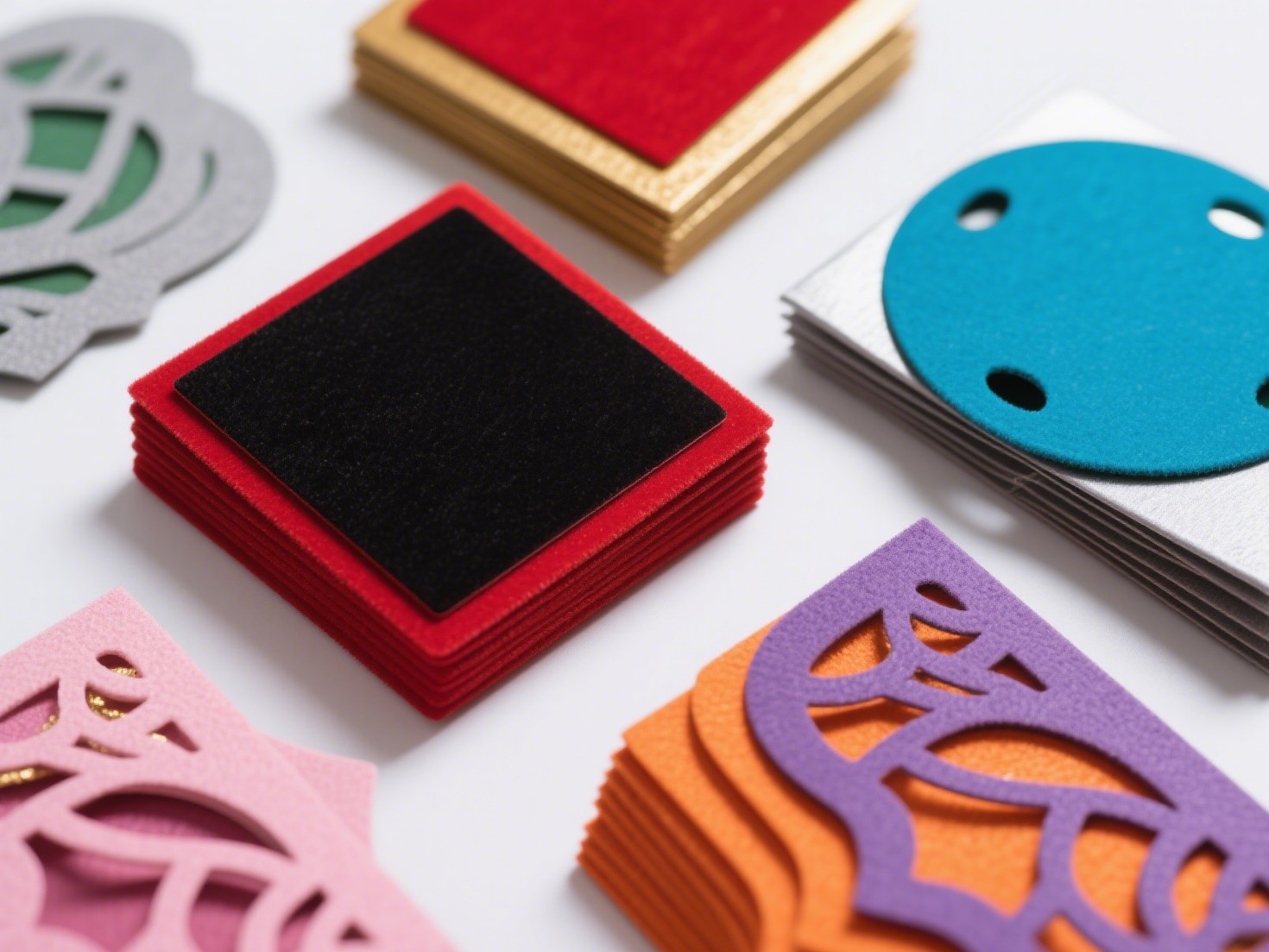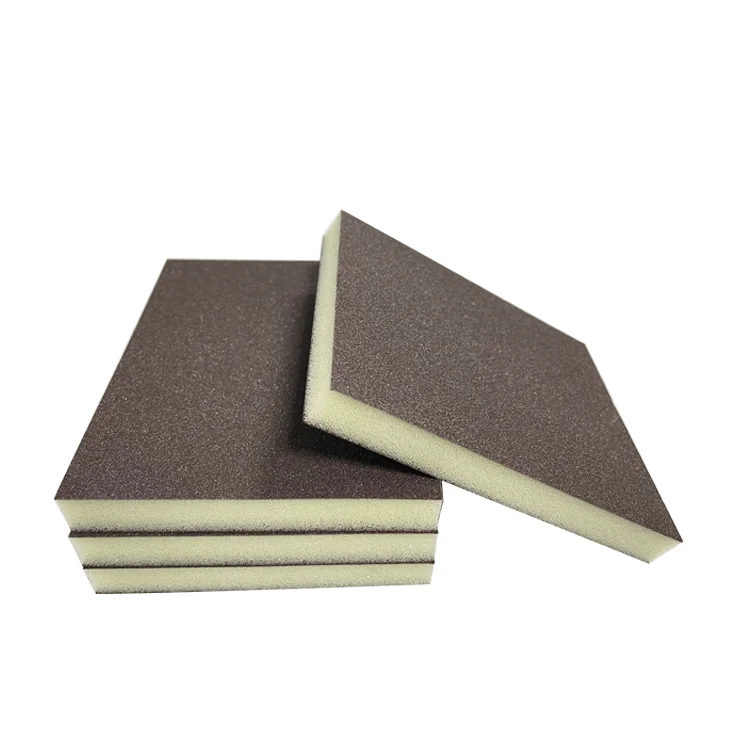In the realm of photography, the choice of equipment can significantly influence the outcome of your creative endeavors. Among the most common queries posed by both novice and seasoned photographers is: What's the difference between a digital camera and a camera? While this question may seem straightforward, the answer delves into a rich tapestry of technology, functionality, and artistic expression. This article aims to dissect the nuances between digital cameras and traditional film cameras, providing a comprehensive understanding that will enhance your photographic journey.
The Evolution of Photography: A Brief Overview
To appreciate the differences between digital and traditional cameras, it is essential to understand the evolution of photography itself. The inception of photography dates back to the early 19th century with the advent of the camera obscura and the subsequent development of film-based photography. Traditional cameras, which utilize photographic film to capture images, have been the cornerstone of photography for over a century. However, the late 20th century heralded a technological revolution with the introduction of digital cameras, fundamentally altering how we capture and process images.
Core Differences: Digital vs. Traditional Cameras
- Image Capture Technology
The most significant distinction between digital cameras and traditional cameras lies in their image capture technology. Traditional cameras rely on photographic film, which is a light-sensitive medium that records images through a chemical reaction when exposed to light. This process requires developing the film in a darkroom, which can be time-consuming and requires specific skills.
In contrast, digital cameras utilize electronic sensors (CCD or CMOS) to capture images. These sensors convert light into electrical signals, which are then processed and stored as digital files. This fundamental difference allows digital cameras to provide immediate feedback through LCD screens, enabling photographers to review and edit their shots on the spot.
- Storage and Capacity
Another critical difference is in storage capabilities. Traditional cameras require physical film rolls, which have a limited number of exposures (typically 24 or 36 images). Once the film is used, it must be developed before the images can be viewed. This limitation can be a hindrance for photographers who wish to experiment or capture spontaneous moments.
Digital cameras, on the other hand, utilize memory cards for storage, allowing for hundreds or even thousands of images to be captured without the need for physical film. This flexibility encourages experimentation and creativity, as photographers can shoot freely without the constraints of film limitations.
- Post-Processing and Editing
The post-processing capabilities of digital images far surpass those of traditional film photography. Digital images can be easily manipulated using software such as Adobe Photoshop or Lightroom, allowing photographers to adjust exposure, color balance, and sharpness with precision. This level of control over the final image is a significant advantage for digital photographers, enabling them to refine their work to meet their artistic vision.
In contrast, traditional film photography requires a more labor-intensive process for editing. While darkroom techniques can yield stunning results, they demand a high level of skill and experience. Additionally, once a film photograph is developed, the options for alteration are limited compared to the vast array of tools available for digital images.
- Cost and Accessibility
When considering the cost of photography, digital cameras often present a more economical choice in the long run. While the initial investment in a digital camera may be higher than that of a basic film camera, the ongoing costs associated with film (purchasing rolls, developing, and printing) can accumulate quickly. Digital photography eliminates these recurring expenses, making it more accessible for hobbyists and professionals alike.
However, it is worth noting that traditional film photography has seen a resurgence in popularity, with many photographers drawn to its aesthetic qualities and the tactile experience it offers. This trend has led to a niche market for film cameras and supplies, appealing to those who appreciate the artistry of film.
The Artistic Perspective: Choosing Your Medium
Ultimately, the choice between a digital camera and a traditional camera often boils down to personal preference and artistic intent. Digital cameras offer unparalleled convenience, flexibility, and control, making them ideal for a wide range of photographic applications, from casual snapshots to professional work. Conversely, traditional cameras provide a unique aesthetic and a sense of nostalgia that many photographers find appealing.
For those who value the immediacy and versatility of digital photography, the digital camera is undoubtedly the superior choice. However, for artists seeking to explore the rich textures and nuances of film, traditional cameras remain an invaluable tool for creative expression.
Conclusion: Embracing the Best of Both Worlds
In conclusion, understanding the differences between digital cameras and traditional cameras is essential for any photographer looking to refine their craft. Each medium offers distinct advantages and challenges, and the best choice ultimately depends on your individual needs and artistic goals. As technology continues to evolve, the lines between these two forms of photography may blur, but the passion for capturing moments will remain timeless. Whether you choose the immediacy of digital or the classic charm of film, the world of photography is yours to explore.





+ There are no comments
Add yours